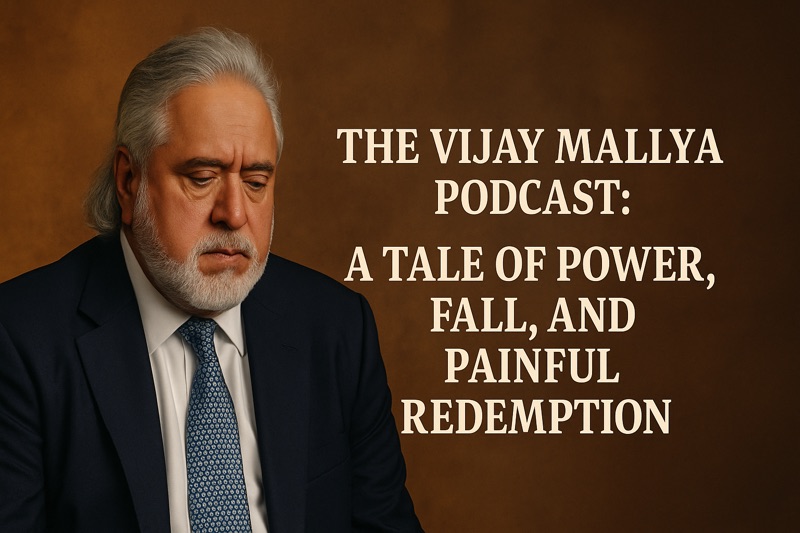Intermittent fasting is a type of eating pattern where you cycle between periods of eating and fasting. It’s not about what you eat, but rather when you eat. There are different methods, like fasting for 16 hours and eating within an 8-hour window (16/8 method) or fasting every other day.
Many people use intermittent fasting to help with weight loss, improve metabolism, or even boost energy levels. It can also help with regulating blood sugar levels and improving heart health. However, intermittent fasting may not be suitable for everyone, and it’s important to listen to your body.
Before trying intermittent fasting, it’s a good idea to consult a healthcare professional, especially if you have any health conditions or concerns. It’s important to stay hydrated during fasting periods and make sure your meals are balanced when you do eat.



No comments:
Post a Comment